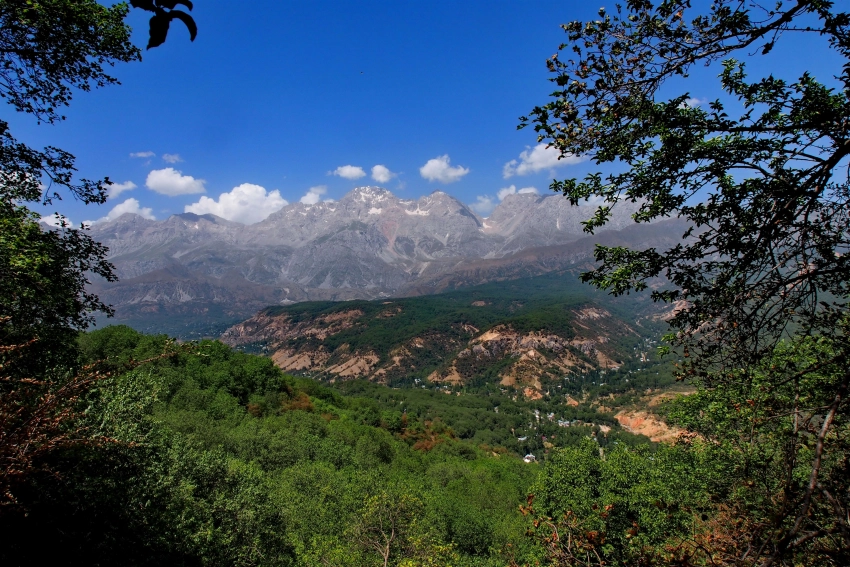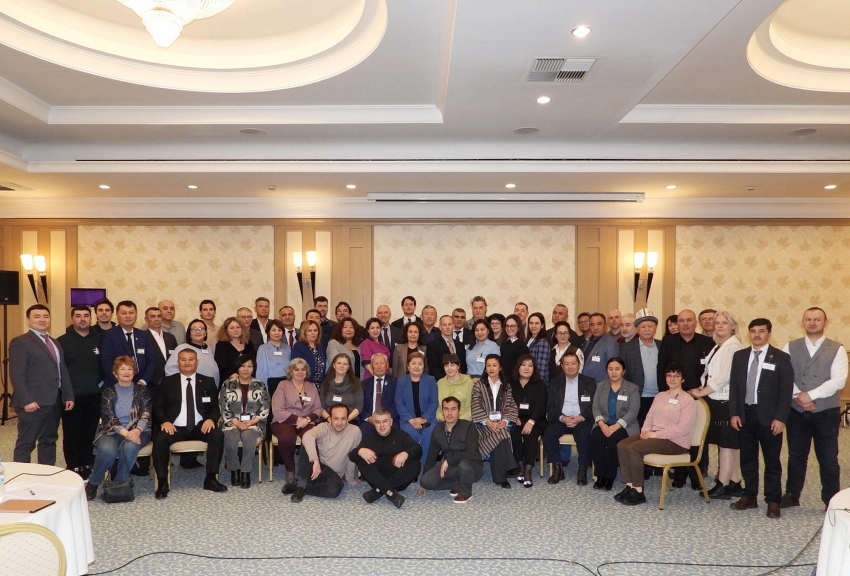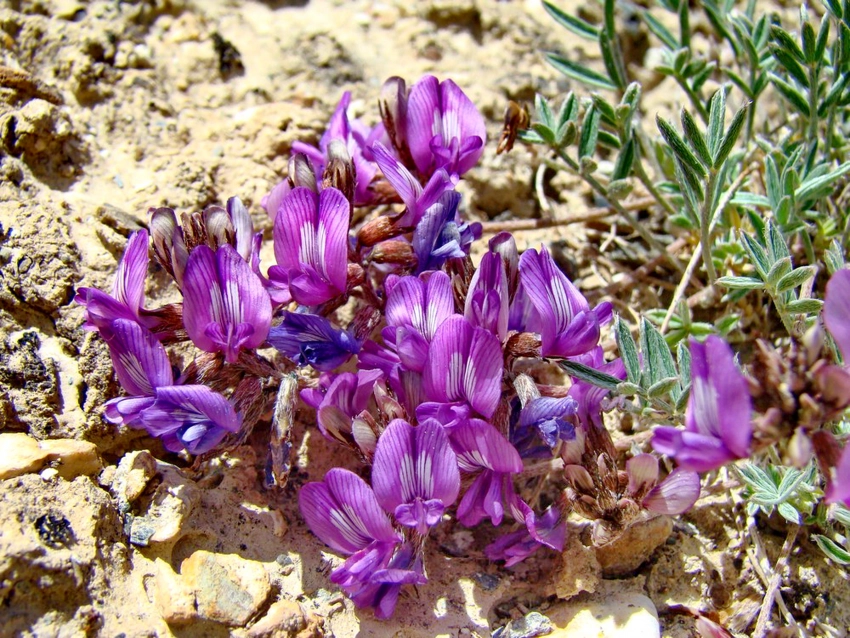KGZ18 Bazar-Korgon Key Biodiversity Area

Area: 24,000 hectares.
KBA category: B1
Species that initiated the designation of KBA [and other globally threatened species that are present in the KBA but have not been confirmed to meet the global KBA criteria]: Acantholimon knorringianum. Astragalus irisuensis, Campanula eugeniae, Chesneya quinata, Elisanthe fedtschenkoana, Exochorda tianschanica, Hedysarum chaitocarpum, Onosma brevipilosa, Oxytropis masarensis, Pseudosedum ferganense. Primula eugeniae. Salvia schmalhausenii, Scutellaria knorringiae, Scutellaria xanthosiphon, Tanacetopsis ferganensis, [Pyrus korshinskyi].
Availability of protected areas: no
Settlements on the territory of the KBA: Chymchyk, - Kaindy-Bulak1, Bel-Chargai, Ortok-Sai, Kyzyl-Kiya, - Orozak, Ak-Talaa, Kara-Alma.
KBA adjacent to the territory: Jazz-Kechuu, Jyldyz-Kol, Kashka-Suy, Kyzyl-Kiya, Kara-Bulak, Akkyya, Katranky, Joon-Kyungey, Saty, Tara-Alcha, Urumbash, Sary-Bulak, Tuura-Dzhangak, Nichke .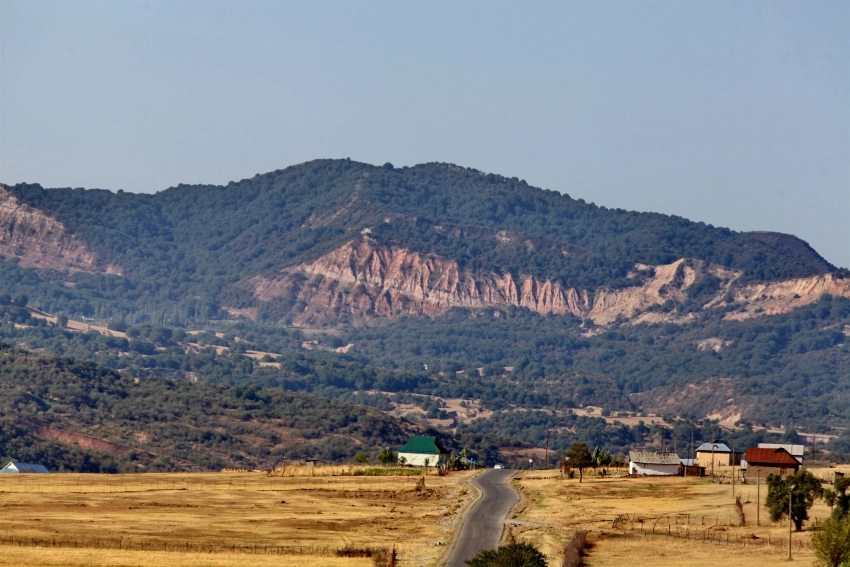

General description: Bazar-Korgon district is an administrative-territorial unit in the west of Kyrgyzstan in the Jalal-Abad region, founded in the 1930s. The main direction of development of this territory is mountain and recreational tourism. The territory of the region stretches from north to south along the Kara-Unkur river basin and the Babash-Ata ridge in the spurs of the Fergana ridge.
The Babash-Ata ridge (about 100 kilometers long, up to 4427 meters above sea level) adjoins the Fergana ridge from the west. On the southwestern slopes of the ridge, mountain semi-desert vegetation is developed, at an altitude of 1600 - 2800 meters above sea level - relict forests of walnuts, wild apple trees, pears, cherry plums, etc. The belt of deciduous forests includes: walnut, maple, apple, cherry plum, pear, hawthorn, barberry, currant, rose hip.

The open meadows are very picturesque; there are many cereals, mallow, scabiosa, yarrow, eremurus, sage, etc. are blooming.
At an altitude of 2500 to 3100 meters above sea level, juniper forests are found in the gorges. Above 3600 meters above sea level there are nival landscapes.
The fauna of these places is rich and diverse. The low mountains are inhabited by mammals such as the mole vole, the common vole, the tolai hare ( Lepus tolai), the porcupine, and the badger. In the forests of the middle mountains one can find the Turkestan rat, forest dormouse, forest mouse, wild boar, and fox.
Almost all the livelihoods of local residents are connected with the forest: local residents collect walnuts, wild apples, cherry plums, medicinal herbs, barberries and rose hips. They also sell whole and chopped nuts, and make a variety of walnut-based products. They also make money by receiving and accommodating numerous tourists from near and far abroad.
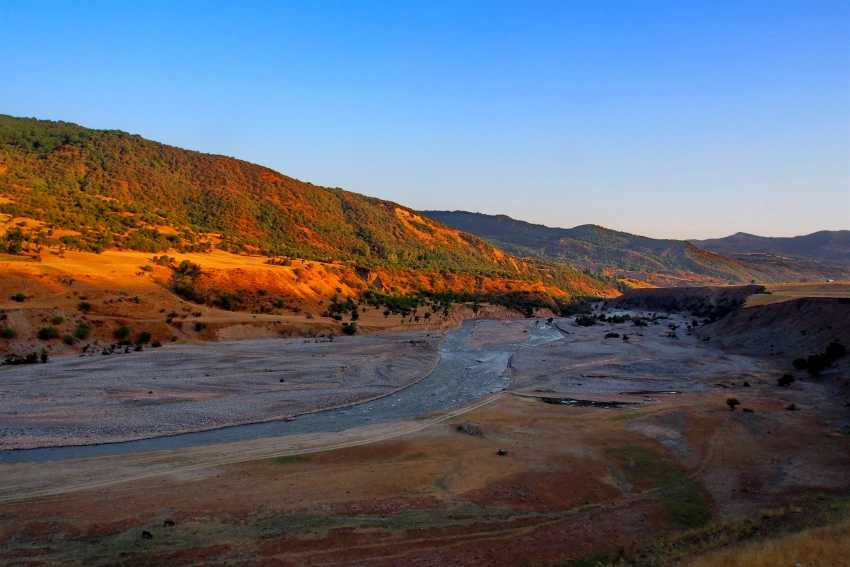
The area is attractive for tourists in terms of trekking, rafting, photo hunting, horse tourism, as well as studying geology, archeology, flora and fauna. The poor condition of roads does not allow bringing the tourist destination to the proper level. Some travel companies and firms in the Bazar-Korgon region cooperate with international tour operators. Tourism and recreation in this area is attractive to foreign investors.

Settlements: Bazar-Korgon (Kirg. Bazar-Korgon) is a village in the Jalal-Abad region of Kyrgyzstan, the regional center of the Bazar-Korgon district and at the same time the center of the Bazar-Korgon ayil district. According to data for 2009, 33,359 people lived in the village.
The village is located 545 km from Bishkek, on a strategic route connecting the capital of the country with the city of Osh, 25 km from the regional center to the north-western part of the city of Jalal-Abad at an altitude of 1200 meters. The area borders the Andijan region of the Republic of Uzbekistan.

Ecology: In Bazar-Korgon, as elsewhere in Kyrgyzstan, there are ancient traditions of cattle breeding, which are an integral part of the national way of life. For a long time, the development of livestock farming was a priority for the state. On collective and state farms, transhumance was organized on summer high-mountain pastures, which caused severe forest degradation. Very often, not only lands transferred for long-term lease, but also forest lands were used for pastures.
In addition, changes in agricultural policy have led to an increase in the number of private livestock, which graze on village pastures, and often in forests. Given the large number of users compared to the number of forests and guards, control is almost impossible. This problem is especially acute for nut-fruit forests.

The uncontrolled mass collection of walnut fruits by local residents has a great negative impact on the condition of walnut forests. The procurement and sale of nuts is one of the significant items in the family budget of residents of nearby villages and tenants of forest plots. During the walnut harvesting season, there are practically no seeds left on the ground under the walnut trees to reproduce new seedlings and restore forest plantations. Thus, in many areas of forest land there grows not a relict walnut forest, but a so-called “park” forest, i.e. forest without young growth.
Walnut forests suffered greatly at the beginning of the 2000s, when the business based on the procurement and sale of walnut wood and walnut burl “bloomed” with rapid growth.
In addition, during the cold season, the local population is not able to purchase expensive fuel, and firewood in many cases is the only solution. In the Bazar-Korgon region, the population harvests wood for their own needs in forest ecosystems.
The trunks of wild apple, cherry plum, maple and hawthorn are harvested as firewood for heating in the winter.

The territory of KBA 18 is a unique and unusually beautiful place. These are not only walnut forests, but also a wonderful place to relax. The local forests form a green corridor in the southern part of the Jalalabad region, where in the summer you can get acquainted with the traditional Kyrgyz nomadic culture. Day walking and horseback riding tours are organized here, revealing the beauty of the forest and surrounding mountains.

Attractions: The literal translation of the name of the village of Bazar Korgon is “Fortified Market” or “Bazaar in the Fortress”. From 1924 to 1991 the village was called Bazar-Kurgan.
Bazar-Korgon is replete with holy places - Mazar "Ak-Tailak", Ak-Buura (jailoo, nearby there is a spring and white poplars), Uya-Terek (Polar with nests) and many others.



